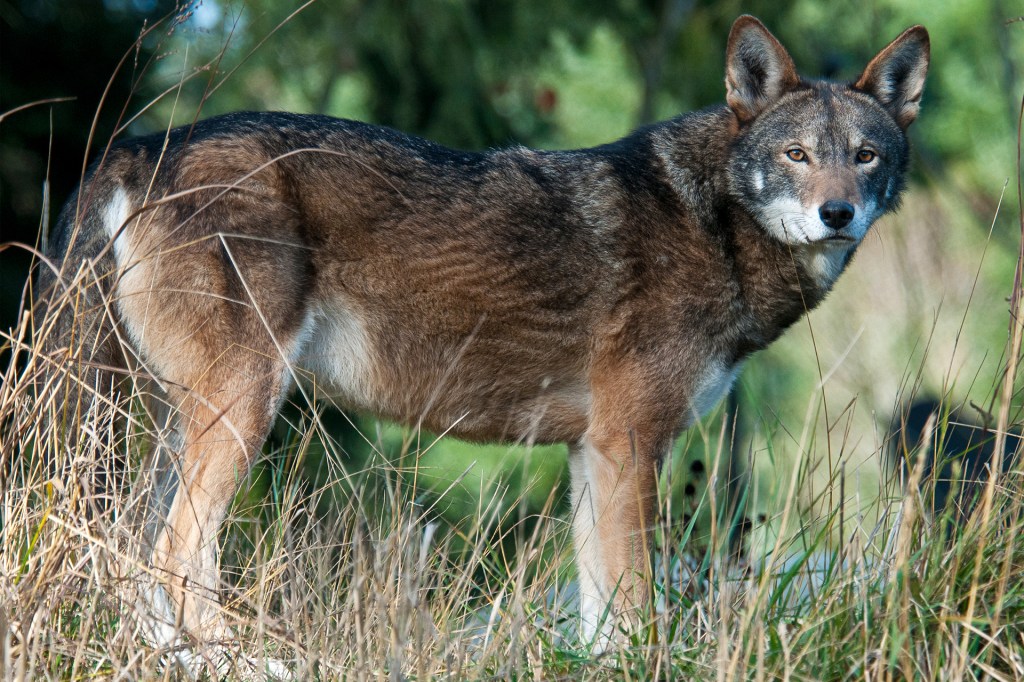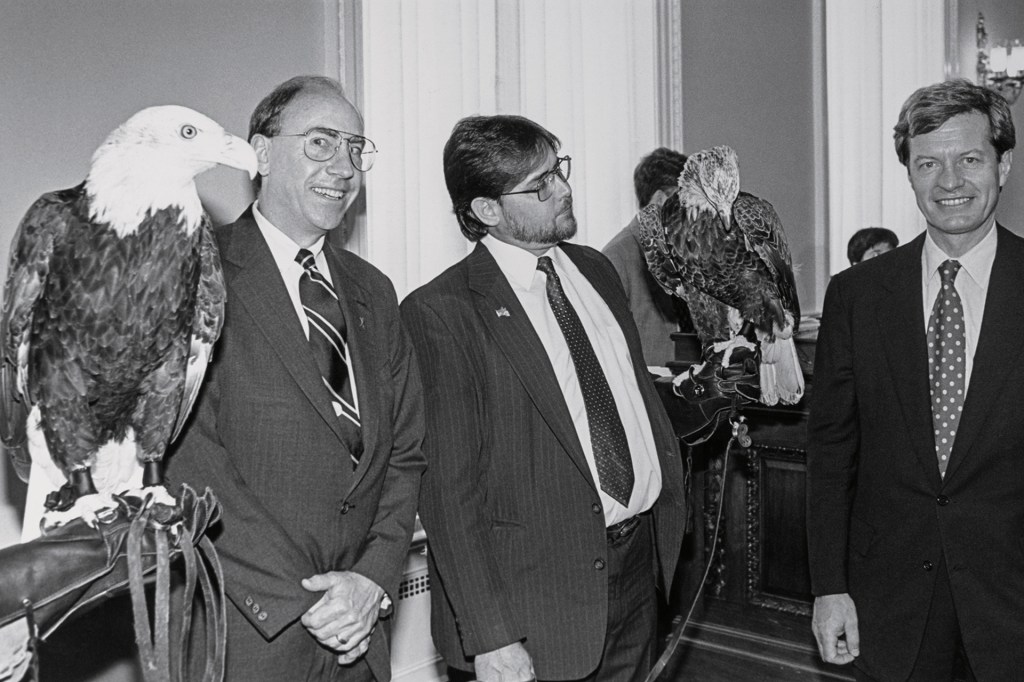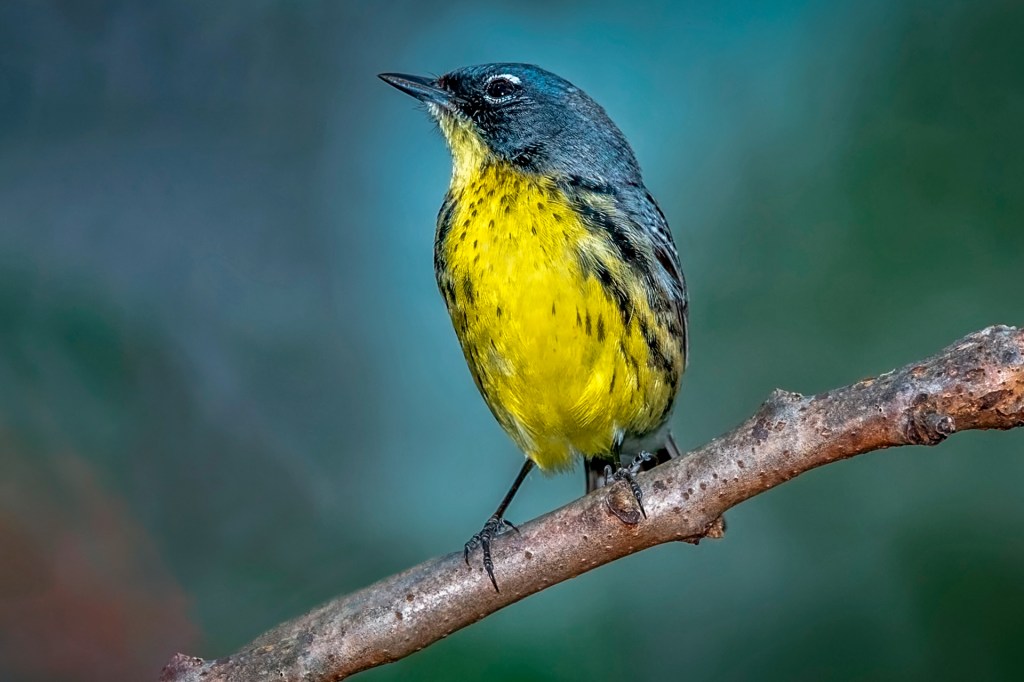Animal Action

In December, the Endangered Species Act (ESA) turned 50. It has rescued hundreds of animals and plants from going extinct extinct no longer existing (adjective) Dinosaurs have been extinct for about 65 million years. .
The ESA passed in 1973. It directed the U.S. Fish and Wildlife Service and the National Marine Fisheries Service to list endangered and threatened species of plants and animals. Harming or collecting these species became illegal.
New Perspective
Before the act, the federal government had actually encouraged the killing of certain species. It did so in the name of “predator control.” For example, from 1916 to 1933, thousands of bobcats and coyotes were killed in the state of Oregon alone. The government did this to protect livestock and increase game, such as trout and mallards, for hunters.

AT RISK The red wolf is the world’s most endangered wolf. The Endangered Species Act protects the fewer than 300 that remain.
MARK NEWMAN—GETTY IMAGESLawmakers first discussed making a change in 1964. A committee came together to investigate the issue. It cautioned that “times and social values change.”

FEATHERED FRIENDS At a 1993 press event marking the 20th anniversary of the Endangered Species Act, elected officials are joined by bald eagles.
CHRIS MARTIN—CQ ROLL CALL/GETTY IMAGES
“For every person whose sheep may be [attacked] by a coyote,” the committee said, “perhaps a thousand others [would] thrill to hear a coyote chorus in the night.” If lawmakers didn’t choose to make a change, the committee added, the public would soon force them to.
In 1970, more than 20 million people joined the first Earth Day actions, in support of environmental causes (see “A Growing Movement”). The next year, lawmakers introduced bills that would become the Endangered Species Act.
Saved Species
The Kirtland’s warbler wouldn’t exist without the Endangered Species Act. This gray-and-yellow songbird nests on the ground beneath jack pine trees in Michigan and Wisconsin. The ESA directed government agencies to care for the trees and plant new ones. These agencies also started trapping cowbirds, which invade warbler nests.

KEEP SINGING The Kirtland’s warbler is a species saved by the Endangered Species Act.
WIRESTOCK/GETTY IMAGESThe Kirtland’s warbler is a success story. It came back from a low of 167 pairs, in 1987, to about 2,300 pairs. It was removed from the endangered species list in 2019.
Today, governments and corporations spend billions of dollars a year restoring ecosystems ecosystem the living and nonliving things that make up an environment and affect one another (noun) The rainforest's ecosystem includes many unique plants and animals. . There’s so much energy behind this global movement that the United Nations declared the 2020s the Decade on Ecosystem Restoration. The work of saving species is only beginning.
A Growing Movement

On April 22, 1970, more than 20 million people participated in the first Earth Day. It was one of the largest public demonstrations in U.S. history. People of all ages, including kids, took part. They joined events at schools and community sites around the country to show their support for environmental issues, such as protecting wildlife.
According to the Library of Congress, the 1970s brought “growing public demand” for better environmental protections. In 1973, the Endangered Species Act passed unanimously in the U.S. Senate. No senator voted against it. And it passed in the House of Representatives by an overwhelming majority: The final vote was 345 to 4.












